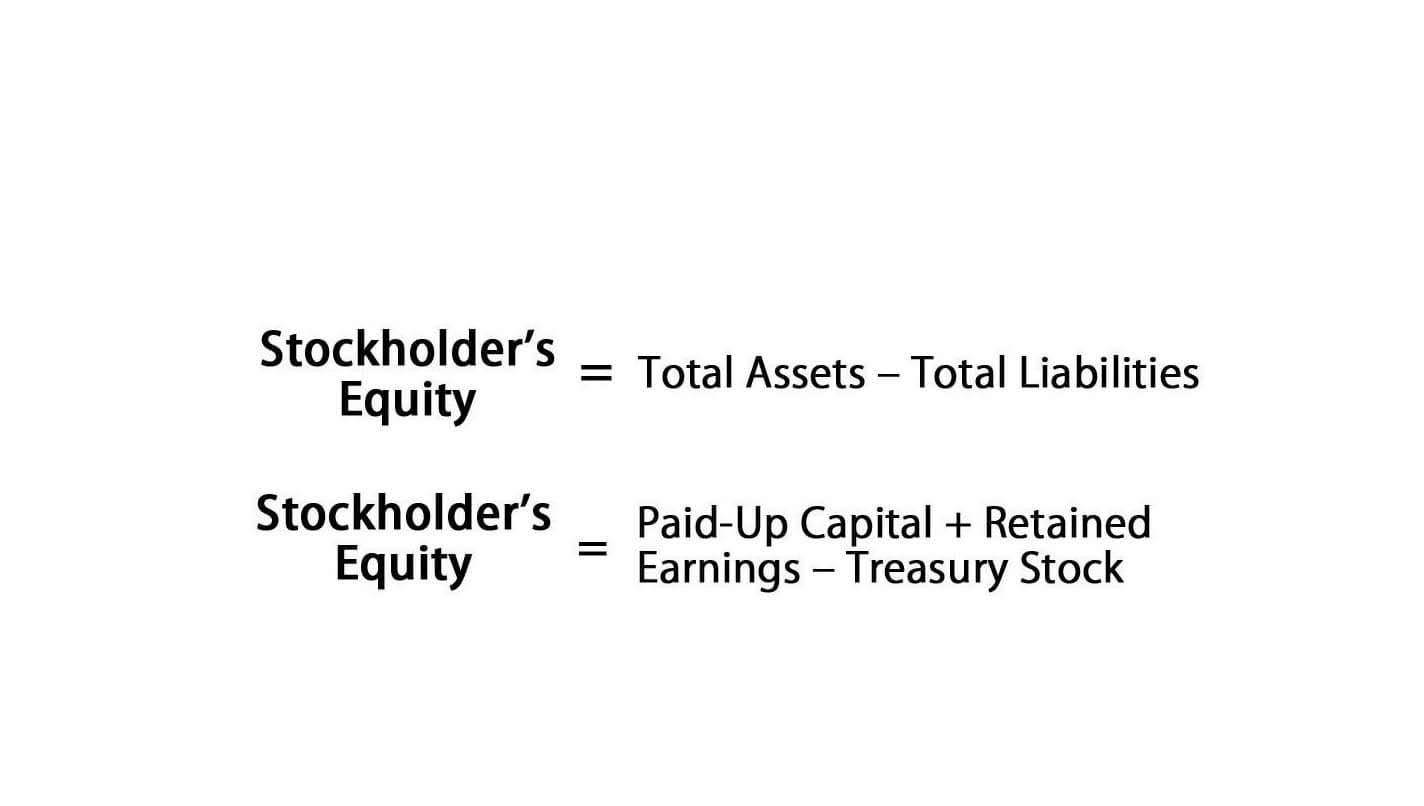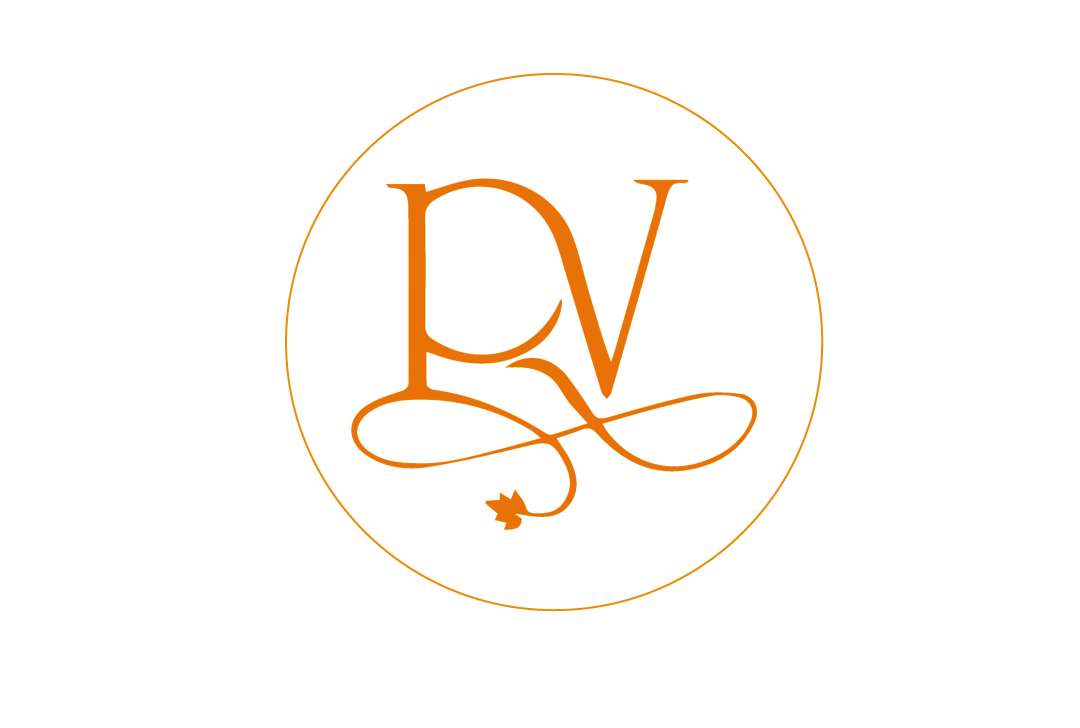Content

For example, if a company needs to build an entirely new factory in order to produce more goods, the cost of building the factory is a marginal cost. The amount of marginal cost varies according to the volume of the good being produced. This understanding of what the marginal functions model should make sense to us.
There’s a mathematical formula that expresses the change in the total cost of a good or product that comes from one additional unit of that product. Knowing this formula is essential in learning how to calculate marginal cost. It is called the marginal cost equation or marginal cost formula.
Module 7: Production and Costs
Imagine that Company A regularly produces 10 handcrafted tables at the cost of $2,000. However, demand spikes and they receive more orders, leading them to purchase more materials and hire more employees. In their next production run, they produce 20 units at the cost of $3,000.
- As long as marginal revenues are higher than your marginal costs, then you’re making money.
- Begin by entering the starting number of units produced and the total cost, then enter the future number of units produced and their total cost.
- If your marginal cost is less than marginal revenue, the result is underproduction.
- For example, suppose that a factory is currently producing 5,000 units and wishes to increase its production to 10,000 units.
- You’ll increase your profits by $15,500—that’s $25,000 in revenue from the extra 100 doors minus the $9,500 cost of producing them.
- The cost of producing the next sofa rises to $510, with total costs of $50,510 for 101 sofas.
For example, a company might reduce the price per unit by buying supplies in bulk or negotiating with suppliers for volume discounts. Marginal costs are based on variable costs, which change based on how much the business produces or sells. Examples of variable costs include raw materials, wages for production line workers, shipping costs, commissions, etc. To determine which pricing strategy works best for your business, you’ll need to understand how to analyze marginal revenue. The key to sustaining sales growth and maximizing profits is finding a price that doesn’t dampen demand. When it comes to setting prices by unit cost, you have 2 options.
A Marginal Cost Formula Example
In our illustrative example, the marginal cost of production comes out to $50 per unit. The costs of operating a company can be categorized as either fixed or variable costs. If we look at the prior example, Business A went from producing 100 cars to 120. Therefore, the change in quantity would be the new quantity produced (120), https://accounting-services.net/accounting-services-and-bookkeeping-services/ minus the old quantity produced (100). For example, Business A produces 100 motor vehicles that cost $10,000 each, bringing the total cost to $1,000,000 or $1 million for short. This might be as a result of the firm becoming too big and inefficient, or, a managerial issue where staff becomes demotivated and less productive.
What is marginal cost and example?
Marginal cost includes all of the costs that vary with that level of production. For example, if a company needs to build an entirely new factory in order to produce more goods, the cost of building the factory is a marginal cost. The amount of marginal cost varies according to the volume of the good being produced.
Additionally, growth and profitability come from understanding the intricate relationship between the two. Marginal revenue is subject to the law of diminishing returns, which states that any production increases will result in smaller increases in output. Marginal revenue directly relates to total revenue because it measures the total revenue increase from selling an additional product unit. You can increase sales volume by producing more items, charging a lower price, and realizing a boost in revenue. Or you can produce fewer items, charge a higher price, and realize a higher profit margin.
Products
It comes from the cost of production and includes both fixed and variable costs. In the case of fixed costs, these are only calculated if these are required to expand production. When marginal cost is less than average cost, the production of additional units will decrease the average cost. When marginal cost is more, producing more units will increase the average. Beyond that point, the cost of producing an additional unit will exceed the revenue generated.

Therefore, that is the marginal cost – the additional cost to produce one extra unit of output. Imagine a company that manufactures high-quality exercise equipment. The company incurs both fixed costs and variable costs, and the company has additional capacity to manufacture more goods. Marginal cost is Accounting Services and Bookkeeping Services Outsourced Expertise often graphically depicted as a relationship between marginal revenue and average cost. Marginal cost is also essential in knowing when it is no longer profitable to manufacture additional goods. Using this information, a company can decide whether it is worth investing in additional capital assets.
